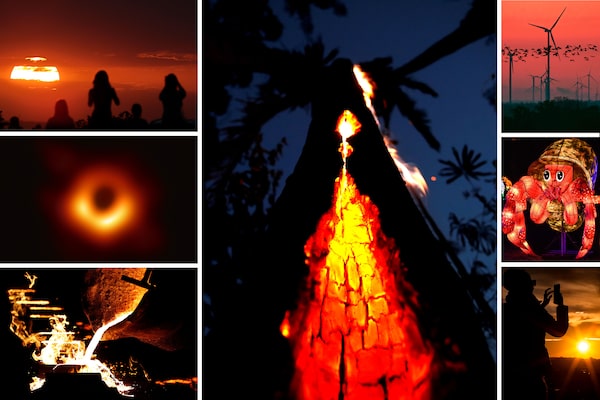
AFP/Getty Images, Reuters, The Associated Press
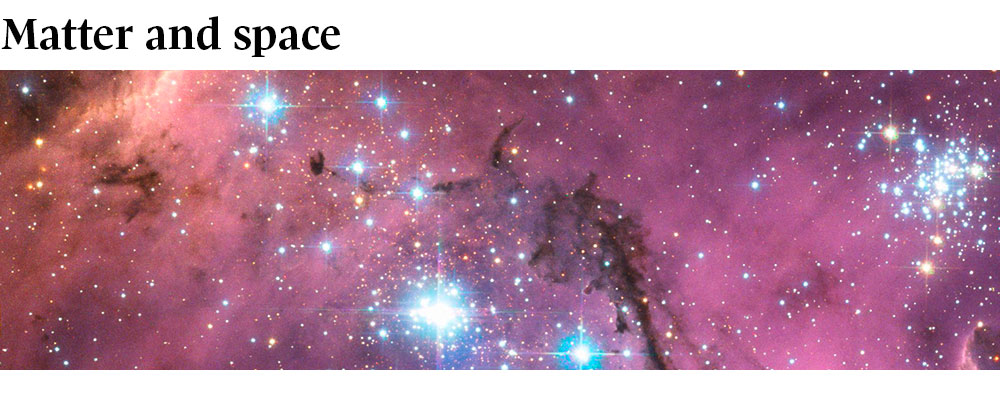
a. The Event Horizon Telescope is a global network of radio observatories that collectively produced an image of the black hole in silhouette within a swirling ring of hot gas.
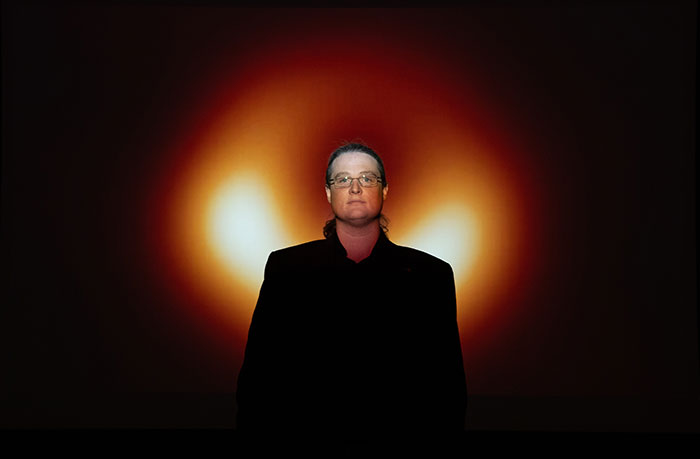
Avery Broderick, theoretical physicist from the Perimeter Institute for Theoretical Physics, was part of the team that captured the image of the black hole.
Patrick Dell/The Globe and Mail
d. Tardigrades, also called water bears or moss piglets, are eight-legged microscopic animals deemed to be among the most indestructible creatures on Earth. Thousands of them were on-board the robotic lander in a dormant state, which may have allowed them to survive the lander’s demise.

A tardigrade as seen under an electron microscope.
William Miller, Baker University/The Canadian Press
c. Peebles was born in 1935 in the Winnipeg suburb and graduated from the University of Manitoba in 1958.

James Peebles, right, won half the 2019 Nobel prize for physics. The other half was shared by Swiss scientists Michel Mayor, middle, and Didier Queloz, left.
Jonathan Nackstrand/AFP via Getty Images
b. In case you missed it, 2019 was the International Year of the Periodic Table, largely credited to Russian chemist Dmitri Mendeleev who published an early version of the table in 1869.

The periodic table of elements is a catalogue of the basic building blocks of matter, such as chromium and vanadium.
Getty Images/iStockphoto
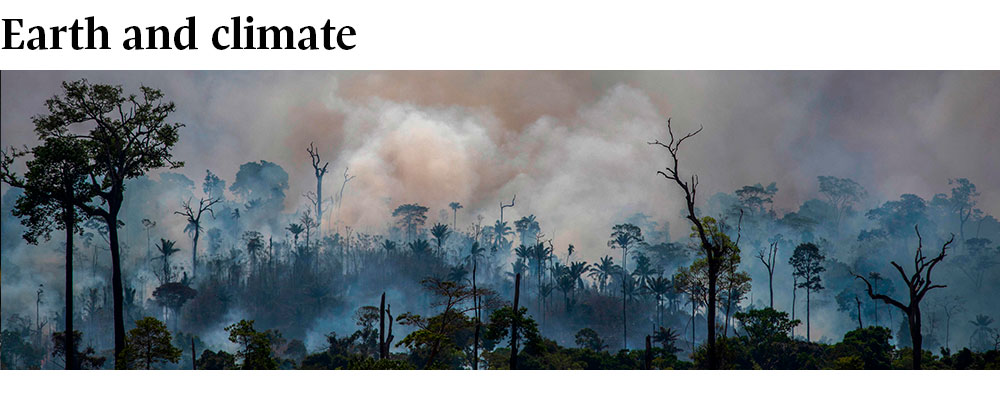
a. The study found nine million square kilometres available for trees, which is just over the total land area of Brazil (8.5 million square kilometres).
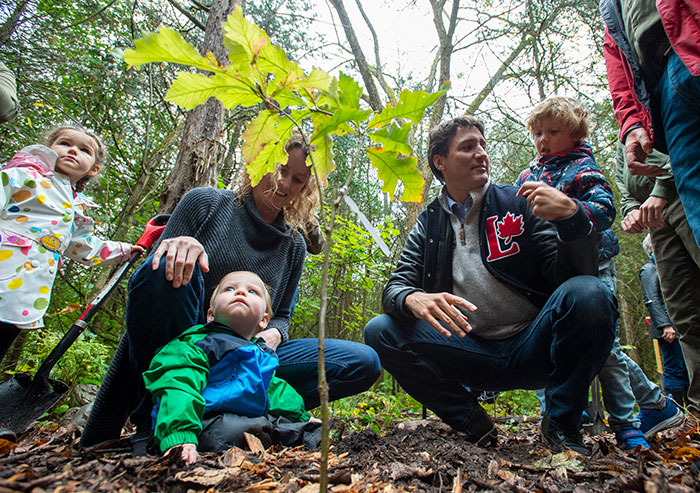
Prime Minister Justin Trudeau plants a tree with his children in the Frank Conservation Area in Plainfield, Ont. During the fall election, he promised a re-elected Liberal government would plant two billion trees with revenue from the Trans Mountain pipeline.
Frank Gunn/The canadian Press
a. Juan left eight dead in the region and caused $200-million worth of damage, including to Halifax’s iconic Point Pleasant park where it felled three-quarters of the park’s trees.
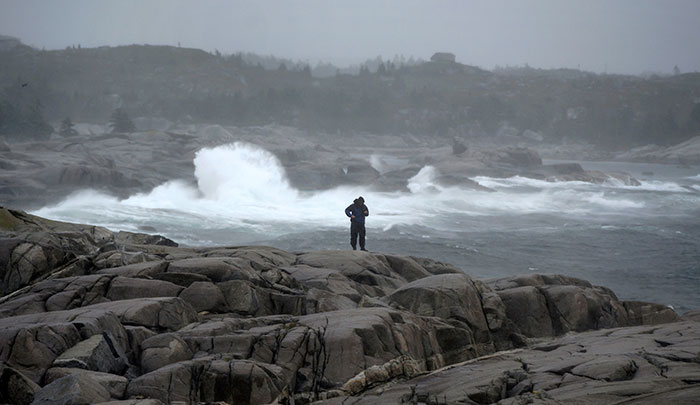
A man watches the crashing waves at Peggys Cove, N.S., this past September before Hurricane Dorian's landfall.
Darren Calabrese/The Globe and Mail
a. MOPITT was the first instrument in space to measure carbon monoxide in Earth’s atmosphere, which is a tracer for a range of pollutants.
c. Twice as much for all of Canada, but in the Arctic the magnitude of the warming is even more pronounced.
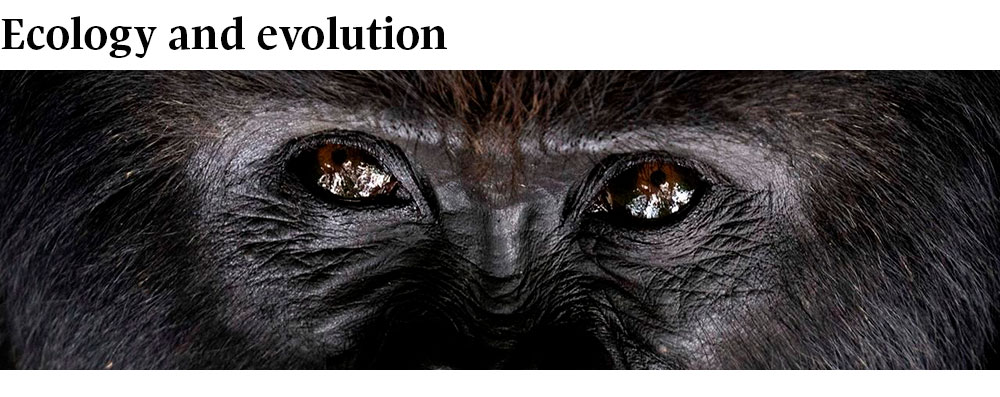
b. Many of the fish and reptile specimens at the site appear to have been tossed together, as though by violent waves that would have shook the region minutes after the asteroid impact. The specimens also bear signs of impact debris raining down from above.

Researcher Robert DePalma and field assistant Kylie Ruble excavate fossils from the Tanis deposit this past March.
Robert DePalma/Kansas University/AFP/Getty Images
b. The crabs often enter discarded plastic containers and are unable to escape.
b. The microscopic traces of a fungus-like organism date back almost one billion years.

Rock formations in Tuktut Nogait National Park in the Northwest Territories yielded the oldest known traces of fungus.
Elizabeth Turner
c. The estimate is partly based on a 2011 Dalhousie University-led study that estimates the total number of all species currently living on Earth as 8.7 million.
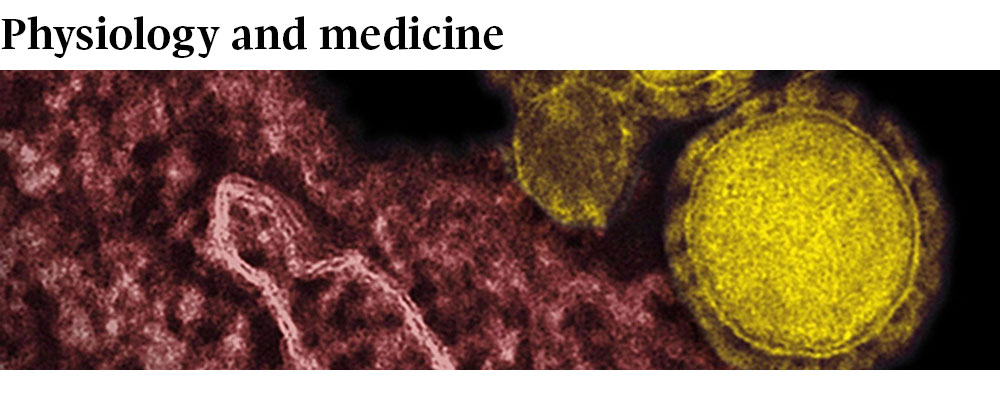
a. The 71-year-old said she did not recall needing painkillers and her experience of childbirth was “pleasant.”
d. Amid surging outbreaks of measles, the researchers noted that their study - the largest of its kind to date - strongly supports the conclusion that vaccination for measles mumps and rubella (MMR) does not increase the risk of autism.
b. The contrarian analysis prompted criticism from other scientists and also drew attention to the lead author’s previous ties to food industry funding.
d. Cat owners, as a group, were not statistically better than others at guessing if cats’ expressions indicated positive or negative emotions.

Do you know what this cat is feeling? Chances are that owning a cat yourself won’t make it any easier to guess.
Oli Scarff/AFP/Getty Images
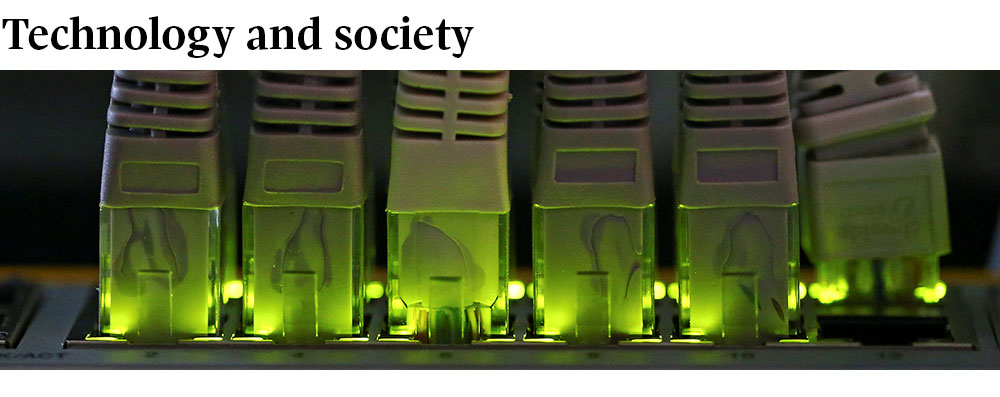
c. Google scientists originally claimed that it would take 10,000 years for a supercomputer to do what their fledgling quantum processor accomplished in 200 seconds. Critics took issue with this claim, but whether it won by minutes or by millennia, Sycamore was fastest.

A Sycamore chip is mounted in a printed circuit board during the packaging process.
Google/AFP via Getty Images
b. Researchers concluded that people who returned the wallets were likely motivated by altruism and an aversion to viewing themselves as thieves.
c. The well known statistical tool for determining if an experiment has measured a real effect is so misused that it should be retired, the paper’s authors argued.
d. The program, developed for Samsung, also worked on photos of Marilyn Monroe, Salvador Dali and other figures. Because of the method’s implications for “deep fake” videos, the data science firm Altmetric judged the achievement to be the most discussed research result of the year.
 Ivan Semeniuk
Ivan Semeniuk